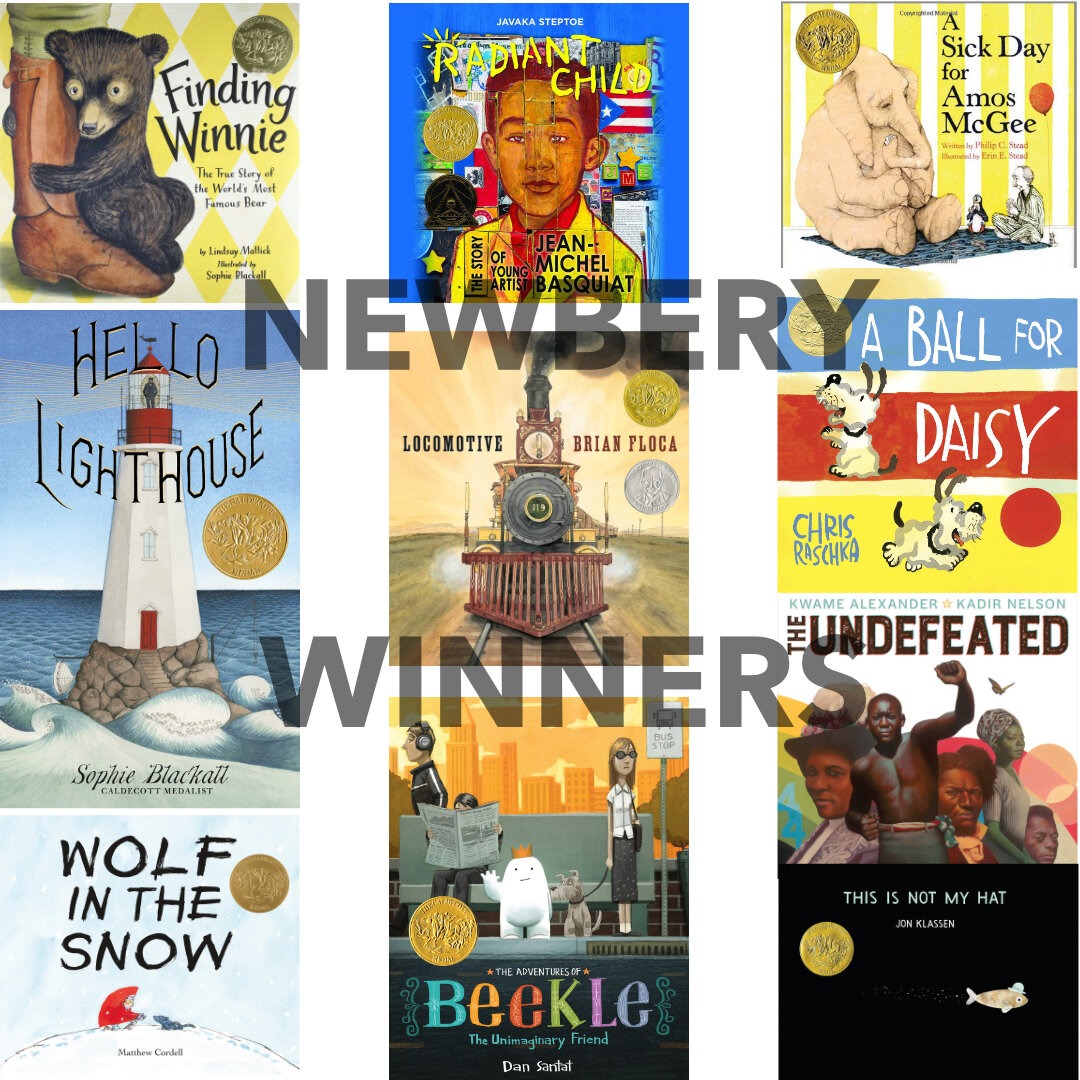Who Has Won the Newbery Award Twice in a Row?
Introduction to Who Has Won the Newbery Award Twice in a Row
Winning the prestigious Newbery Medal once is an extraordinary achievement for any author. But what about winning it twice, and not just twice—but in consecutive years? This rare feat is an indicator of unparalleled storytelling ability, literary brilliance, and a lasting impact on children’s literature.
In this article, we’ll explore the author who won the Newbery Medal two years in a row, discuss the significance of the award, and take a closer look at the books that earned this rare distinction. Whether you’re a literature enthusiast, a student researching for a project, or just someone who loves a good story, this article covers everything you need to know.
What Is the Newbery Award?
The Legacy of the Newbery Medal
The Newbery Medal, established in 1922, is awarded annually by the American Library Association (ALA) to the author of the most distinguished contribution to American literature for children. Named after John Newbery, an 18th-century British bookseller and publisher, the award recognizes books that have left an indelible mark on young readers.
Criteria for Winning
To win the Newbery Medal, a book must:
- Exhibit outstanding literary quality.
- Present a compelling and original narrative.
- Be aimed primarily at children.
- Be written by an American author.
- Be published in the United States within the eligibility year.
Receiving this award once is a major milestone. But winning it twice, let alone consecutively, is an exceptional honor few have achieved.
The Only Author to Win the Newbery Award Twice in a Row
Who Is the Only Author to Achieve This Feat?
The only author in history to win the Newbery Medal in consecutive years is E.L. Konigsburg. She accomplished this extraordinary feat in 1968 and 1969, solidifying her place as one of the greatest voices in children’s literature.
Books That Won E.L. Konigsburg Consecutive Newbery Medals
1. From the Mixed-Up Files of Mrs. Basil E. Frankweiler (1968 Winner)
This beloved classic tells the story of Claudia Kincaid, a determined and intelligent young girl, who runs away from home with her younger brother Jamie. They hide out in the Metropolitan Museum of Art in New York City, uncovering secrets and stumbling upon an art mystery involving the eccentric Mrs. Basil E. Frankweiler.
Why It Won:
- Unique and imaginative storyline.
- Rich character development.
- A blend of adventure, mystery, and self-discovery.
- Encouraged young readers to embrace curiosity and independence.
2. The Upstair’s Room (1969 Winner)
E.L. Konigsburg’s second consecutive Newbery-winning book, The Upstair’s Room, tackled themes of resilience, family bonds, and growing up. Though not as well-known as her first winner, it showcased her talent for deep storytelling.
Why It Won:
- A poignant and thought-provoking narrative.
- Strong, relatable protagonists.
- Tackled complex themes in an accessible way for children.
Winning the Newbery twice in a row proved Konigsburg’s mastery of writing books that resonate deeply with young readers and critics alike.
Other Authors Who Have Won Multiple Newbery Medals
While E.L. Konigsburg remains the only author to win back-to-back Newbery Medals, several authors have won the award more than once:
- Lois Lowry (“Number the Stars” in 1990 & “The Giver” in 1994)
- Katherine Paterson (“Bridge to Terabithia” in 1978 & “Jacob Have I Loved” in 1981)
- Kate DiCamillo (“The Tale of Despereaux” in 2004 & “Flora & Ulysses” in 2014)
These authors have made a lasting impact on children’s literature, but only Konigsburg holds the unique distinction of winning in consecutive years.
The Impact of Winning Consecutive Newbery Medals
Why Is This Achievement So Rare?
Winning the Newbery Medal requires surpassing hundreds of books each year. The fact that E.L. Konigsburg did it twice in a row is a testament to her unparalleled storytelling ability and the resonance of her books with readers and critics alike.
Factors that make this feat rare include:
- Fierce Competition: Hundreds of books are considered each year.
- Changing Literary Trends: Tastes and preferences evolve.
- Judge’s Subjectivity: No two panels evaluate books the same way.
- Author’s Consistency: Producing back-to-back award-winning works is an immense challenge.
How It Shaped Children’s Literature
Konigsburg’s books set a high standard for storytelling in children’s literature, influencing countless writers. Her themes of independence, intelligence, and curiosity continue to inspire young readers to think deeply and embrace adventure.
Conclusion
Winning the Newbery Medal twice in a row is an achievement that speaks volumes about an author’s talent and impact. E.L. Konigsburg’s 1968 and 1969 wins remain unmatched, proving her brilliance in crafting stories that captivate young minds.
Her books continue to be widely read and appreciated, reminding us of the power of storytelling in shaping young readers. Whether you’re a literature enthusiast, a student, or an aspiring author, Konigsburg’s legacy serves as an inspiration to all.
Frequently Asked Questions (FAQs)
1. Has any author won the Newbery Medal three times?
No, no author has won the Newbery Medal three times. However, several authors have won twice, including Lois Lowry, Katherine Paterson, and Kate DiCamillo.
2. What is the difference between the Newbery Medal and the Newbery Honor?
The Newbery Medal is awarded to one book each year as the best contribution to children’s literature. The Newbery Honor is given to runners-up that were strong contenders but did not win the top prize.
3. What books have won both the Newbery Medal and the Honor?
A few books have won the Newbery Honor before the author later won the Medal, but no single book has won both distinctions.
4. How are Newbery Medal winners chosen?
A committee of ALA librarians carefully reads and discusses eligible books, ultimately selecting one that best represents literary excellence in children’s literature.
5. Where can I find a list of all Newbery Medal winners?
You can find an official list of all Newbery Medal winners and Honor books on the American Library Association’s (ALA) website or other literary resources.






